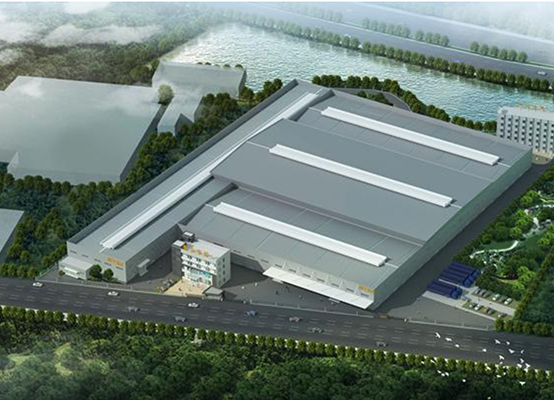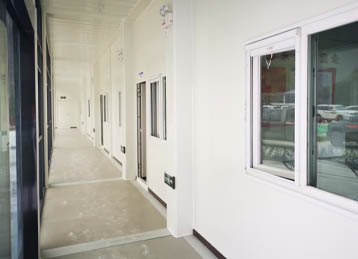In today's home improvement industry, the utilization rate of PP-R pipes is always higher than that of other types of pipe fittings. However, due to factors such as the home improvement season, climate and design drawings, and the skills of the plumbers, it is not fully guaranteed that the parents can correctly understand and use the burying and construction of the PP-R pipe during the home improvement construction. So how do we install the PP-R pipe correctly?

1. Compared with metal pipes, PP-R pipes have lower hardness and lower rigidity. They should be protected during transportation and construction to avoid mechanical damage caused by inappropriate external forces.
2. There is a certain low temperature brittleness of PP-R pipe below 5℃. Be careful in winter construction. When cutting the pipe, use a sharp knife to cut slowly. Do not place heavy pressure or knock on the installed pipes, and cover the parts vulnerable to external forces with protective materials if necessary.
3. The PP-R tube is prone to aging and degradation by long-term exposure to ultraviolet rays. It must be covered with a dark protective layer when installed outdoors or in direct sunlight.
4. The linear expansion coefficient of the PP-R pipe is relatively large (0.15mm/m℃), and technical measures must be taken to prevent the expansion and deformation of the pipe when the pipe is exposed or not directly buried.
5. After the pipeline is installed, the pressure must be tested before sealing the pipe (direct burying) and covering the decorative layer (non-direct burying and concealing). The test pressure of the cold water pipe is 1.5 times the working pressure of the system, but not less than 1 MPa; the test pressure of the hot water pipe is 2 times the working pressure, but not less than 1.5 MPa.
6. When the PP-R tube is open or not directly buried, the support and hanger must be installed according to the regulations.
